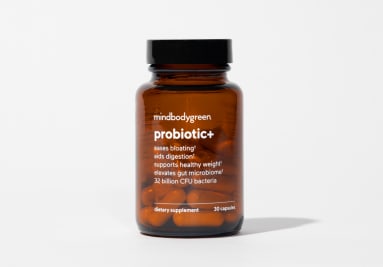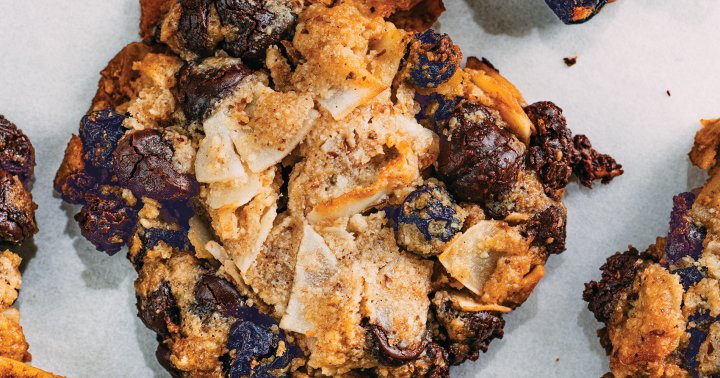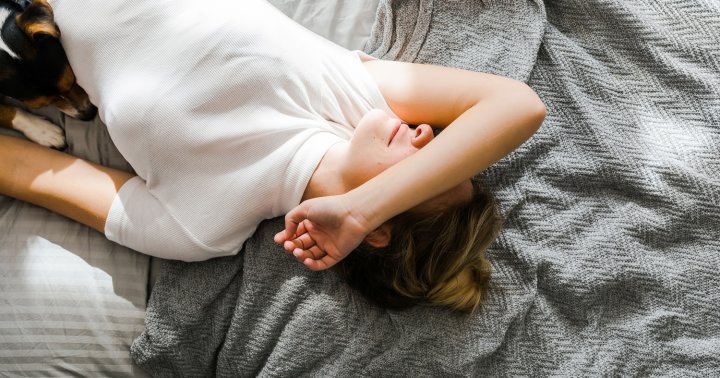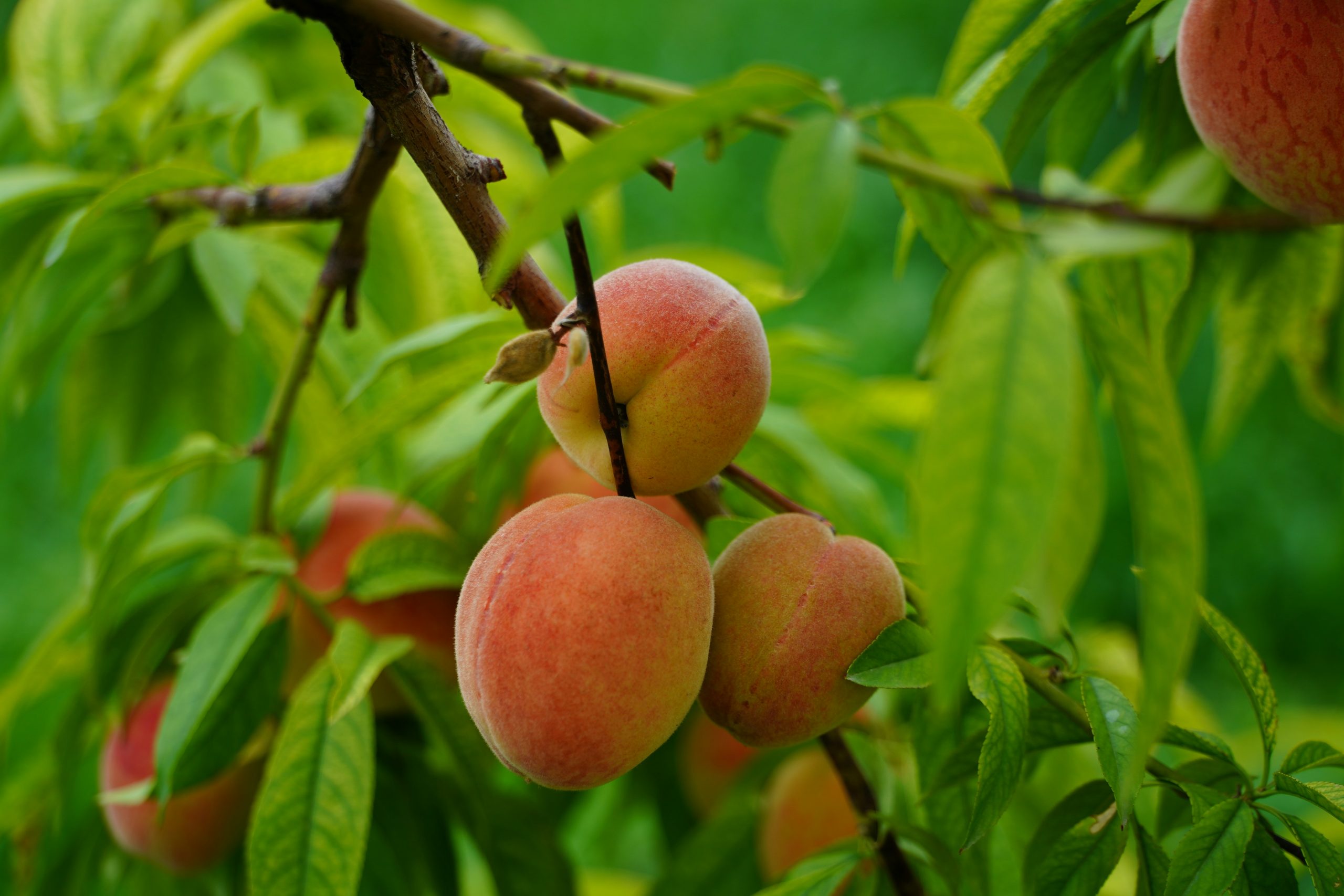The Common Cleaning Product You Should Never Use, According To A Mold Expert
Here's what to replace it with.
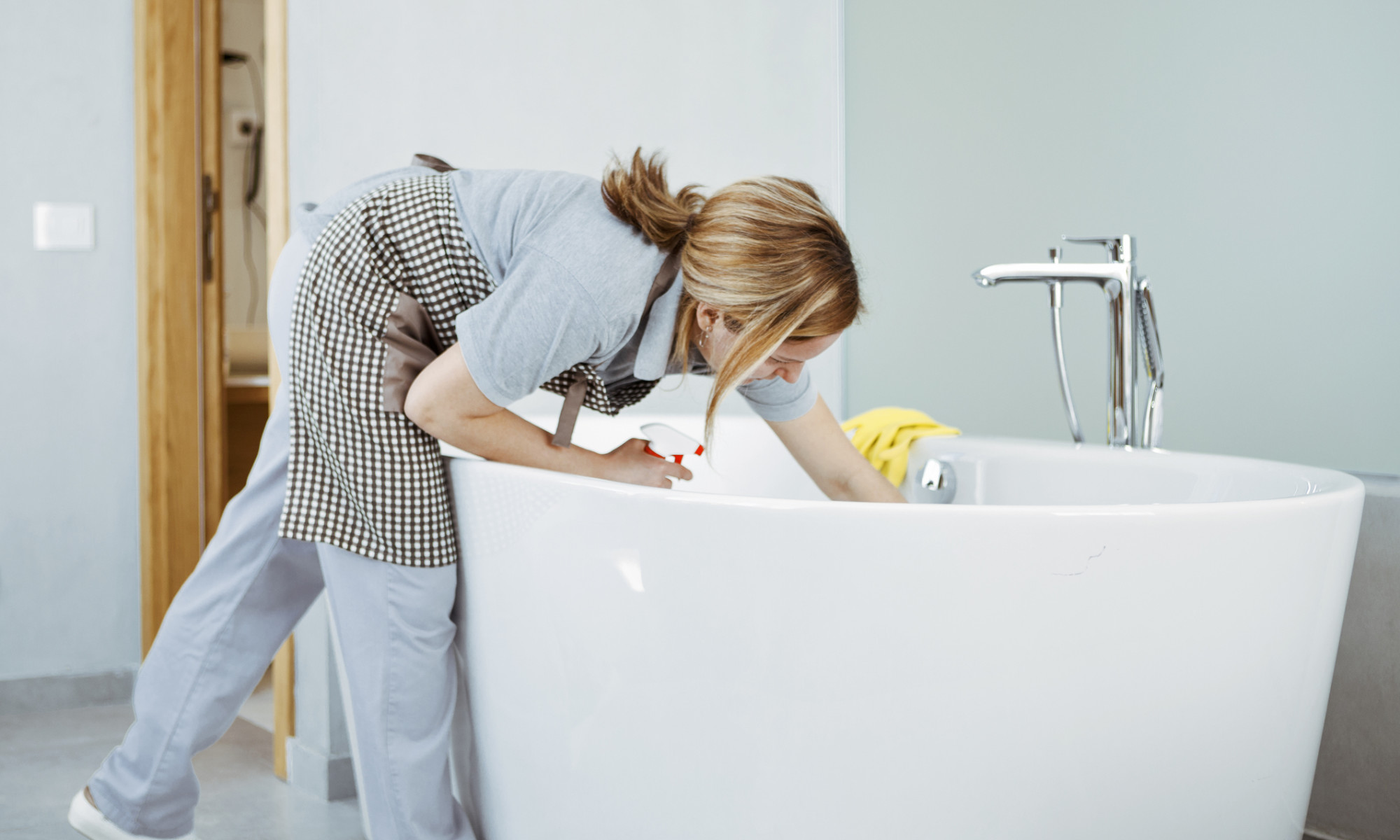
Image by Nastasic / iStock February 13, 2023 For a long time, bleach was a go-to product for many household chores, from sanitizing surfaces and removing stains to brightening clothes and cleaning kids’ toys. These days, we're waking up to the risks of this harsh cleansing tool. Bleach harms indoor air quality1, and it's probably not even as effective at cleaning as you think. Contrary to popular belief, bleach does not properly handle microbial growth in a home. Instead, it can allow contamination to continue to exist, leading to unwanted exposures.
Advertisement
This ad is displayed using third party content and we do not control its accessibility features.
I'm a mold remediation expert, and here are four good reasons to opt for a bleach alternative. 1. One reason mold is not effective is that simply killing the organism is not enough to deal with contamination. As the Environmental Protection Agency2 notes, “The use of a chemical or biocide that kills organisms such as mold (chlorine bleach, for example) is not recommended as a routine practice during mold cleanup. In most cases, it is not possible or desirable to sterilize an area; a background level of mold spores will remain… Dead mold may still cause allergic reactions in some people, so it is not enough to simply kill the mold, it must also be removed.” While bleach may kill the colonized mold (and that’s not even a guarantee), it won’t eliminate all of the particles present. Dead mold particles have to go so that exposure does not continue. 2. In an effort to reproduce, mold colonies will create and release microscopic particles called spores into the surrounding environment. If these spores land on a surface with moisture and organic material, they’ll transition into a living colony. Some species of mold also create microscopic toxins called mycotoxins. These particles are toxic to the human body3 and can cause a long list of adverse health reactions, which is why they are tightly regulated in our food products. These mold byproducts are particularly resilient and in my experience, bleach does not remove them. In order to properly remediate mold in a home, all particles must be eliminated, including dead mold, fragments, mycotoxins, and spores. This ad is displayed using third party content and we do not control its accessibility features. 3. Semi-porous and porous surfaces have small pockets that allow particles to burrow deep within the surface. To effectively deal with any contamination present, these particles have to be dealt with. Bleach cannot effectively handle this situation. Mold is a great example of why bleach fails to accomplish its task. This fungus grows roots, similar to a weed. Like a weed, in order to remove it from a surface, you’ve got to pull it up, roots and all. Otherwise, it will just grow right back. While bleach will kill the surface level of mold, it will not penetrate porous and semi-porous surfaces far enough to deal with the roots. In fact, bleach can actually help the mold continue to grow since it's made from over 90% water and a splash of chlorine. When you toss bleach on a surface, the chlorine burns out quickly, leaving only water behind. The roots of mold left behind can use this source of moisture to grow, allowing the colony to come right back. 4. Sodium hypochlorite is the main component that gives bleach its cleaning oomph. Many bleach-containing products have chlorine-containing compounds, such as hypochlorous acid (HOCl) and chlorine gas (Cl2). The fumes have been shown4 to negatively affect indoor air quality, irritate the eyes, skin, and respiratory system, and cause symptoms such as coughing, headaches, and watery eyes. Additionally, when bleach is mixed with certain other household cleaning products, it can create chlorine gas, which is toxic if inhaled. The environment is another consideration. When chlorine is released into the outdoor environment, it can form dioxins5, known carcinogens that harm both aquatic life and wildlife. The major culprits for this form of contamination are the manufacturing of bleach itself and the large-scale use of the product. This ad is displayed using third party content and we do not control its accessibility features."Killing" mold is not enough.
Bleach leaves spores and mycotoxins behind.
Advertisement
Bleach is ineffective on semi-porous and porous surfaces.
Harsh chemicals are bad for our air—and the environment.
Advertisement
What to use instead.
If not bleach, what should you use at home? When looking for a cleaning product to get rid of and prevent mold, homeowners need something that will eliminate mold spores, kill mold, and remove it from the roots. All of the contamination should be eliminated so that there’s no exposure to harmful particles. That’s where natural cleaning products shine. Instead of harmful components, botanical products use ingredients like essential oils to effectively clean and remove toxic particles that can cause adverse health reactions.
These non-toxic ingredients also do not decrease indoor air quality with harmful chemicals and reduce the risk of exposure-related reactions.
A few great options to add to your cleaning arsenal include:
Advertisement
This ad is displayed using third party content and we do not control its accessibility features.
The takeaway.
In an effort to create a healthy home that supports our wellness, it's time to swap bleach for better, safer alternatives. Little steps such as this will help improve our indoor air quality and our overall well-being at home.
Advertisement
This ad is displayed using third party content and we do not control its accessibility features.

 Koichiko
Koichiko 
